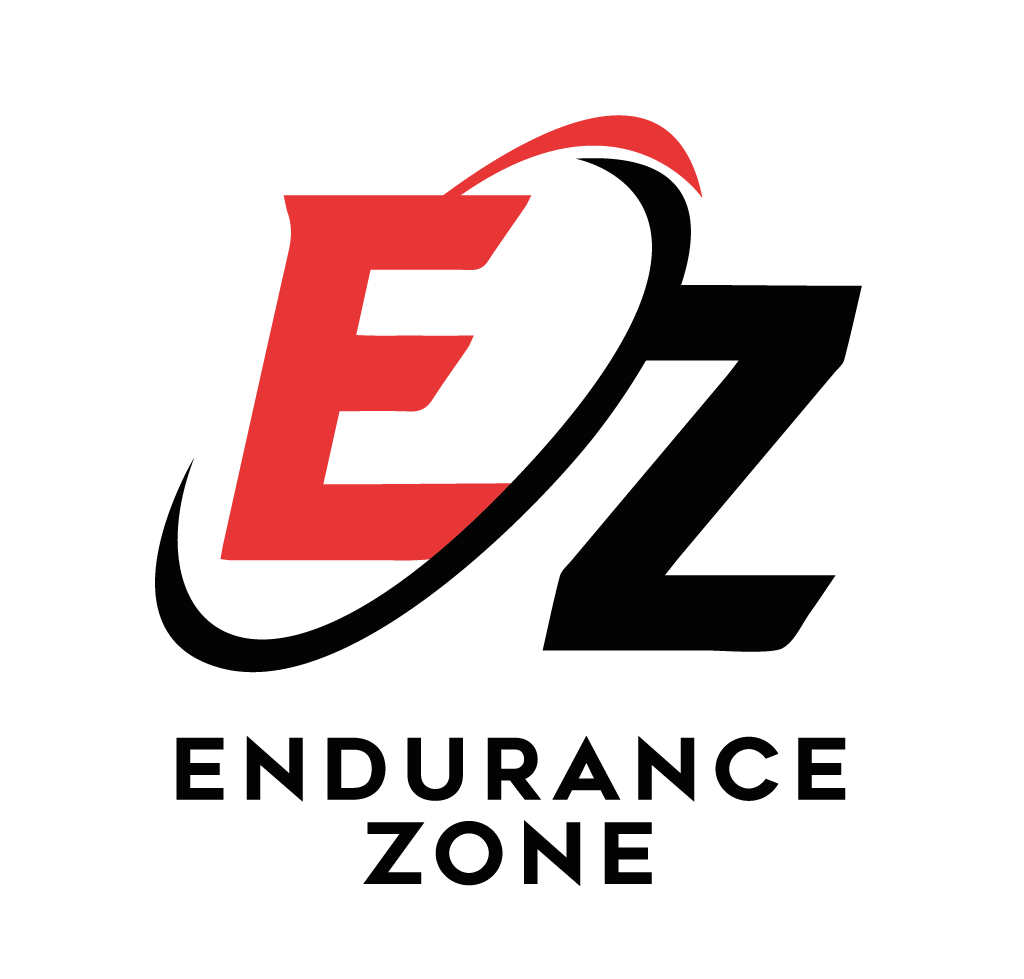8 alternatives to Google and Meta - how to target sports and fitness consumers (2024 update).
Whatever your marketing strategy, a fair chunk of your ad budget is likely spent on Google or Meta. With good reason of course - both remain very lucrative under the right conditions.
So why even consider alternatives? Here’s why:
1) The ‘privacy shift’. With Apple’s optional block of Facebook tracking, and Google’s removal of third-party cookies (rolling out this year), we are in the midst of a big shift in the advertising eco-system. The ability for advertisers to reach their audiences is being greatly disrupted across both platforms, and in simple terms, it’s now harder for brands to reach those actually interested in their products.
2) Paid social subscriptions. Towards the end of 2023, Meta began a no-ads subscription model in Europe. Users pay around £10 per month to remove all ads. How might this impact your ad performance? Simply put, it would reduce views and clicks from the most valuable subscribers — those who have money to spend. Studies show that people who don't think twice about small recurring fees have more disposable income.
3) It just makes sense. A diverse advertising mix is less risky and often more budget efficient. Resource is often the barrier to expand into new channels, but with AI and other tools out there, it is now easier than ever to get diversified!
So what should you be doing?
Test, test and test again! The only way to reduce your reliance/risk with Google and Meta is to diversify your ad channels, and there are some great alternatives out there!
When choosing a new channel to test, determine your goals first as some channels are better at achieving certain goals than others.
1: Reddit – With 430 million monthly active users and targeting options that include fitness and exercise, cycling, outdoors and more, Reddit is certainly worth a test! Like Meta, you can base your campaign around an objective whether that’s brand awareness, traffic, or conversion.
2: Amazon DSP - The Amazon DSP ad system is becoming increasingly popular with advertisers. But why? A simple answer - data.
Think of it this way: Google perceives what you may be interested in based on search history. Meta assigns you to an audience based on likes and follows. But only Amazon knows exactly what you buy in such specific detail (scary as it sounds).
With a ton of fitness, health and sports targeting options to choose from, you can build brand awareness, expand your audiences, and retarget your customers.
3: TikTok – Everyone’s talking about TikTok and many predict it’ll quickly become as important as Google and Meta for advertisers. Although the targeting options for sports and fitness aren’t as great as some other platforms, this is offset with the CPMs being half the price of Meta right now. You can effectively reach twice as many people for the same budget. If you’re looking for a cost-effective brand awareness channel TikTok is one to test.
4: Bing – Oh Bing. Often discounted because of its low market share compared to Google, Bing CPAs are on average 40% lower, while the targeting model is nearly identical. Therefore, it’s worth switching 10% of your Google budget to Bing and testing the impact. It’s highly likely it’ll make your overall PPC spend more effective.
5: Podcast advertising – Often used to drive mass awareness, podcasts can also convert highly targeted sports and fitness audiences. Podcast ad revenue is growing every year - from $1.3bn in 2021, to over $3bn in 2023. Consumer stats indicate why. 20% of people are more likely to support a brand when advertised on their favourite podcast. 60% of listeners search for a product after it’s mentioned on a podcast. We also love that it’s far less ‘ignorable’ than other forms of ads.
6: Endurance Zone – Well of course we had to include ourselves in here! Our eco-system is built around sports and fitness consumers. We power organisations with a customer reward platform built for people with active lifestyles, including gyms, sports bodies, and other sports and fitness organisations. The platform has millions of consumers you can get in front of and is particularly effective for driving sales objectives. Find out more here.
7: Influencers – Whether you like influencers or not, the truth is they can be incredibly valuable. Like any channel however, the devil is in the detail. Getting the right influencer is key, alongside the content they push on your behalf. Influencers should not be treated as a quick fix channel to throw money at. Like any channel it must complement your wider strategy and just because an influencer has as large following, doesn’t mean they’re right for you.
8: Partnerships – Teaming up with another organisation can be a very cost-effective way to reach your target audience. Consider which organisations have audiences you’d love to get in front of, and what you could offer both the organisation and their customers in return. A contra agreement where both parties win and where audiences receive value is the ideal situation. This is the one area we’d recommend above anything else, particularly if budget is tight. Challenge your team to give ideas on potential partnerships that can help you achieve objectives with zero financial outlay.
Final thoughts
In summary there are many factors that go into deciding which channels to use. Although Meta and Google aren’t going anywhere just yet, it’s wise to have a diverse channel mix; reducing over reliance and providing opportunities to make your budget go further. 2024 should be the year you test, test and test again - there are great alternatives out there.




